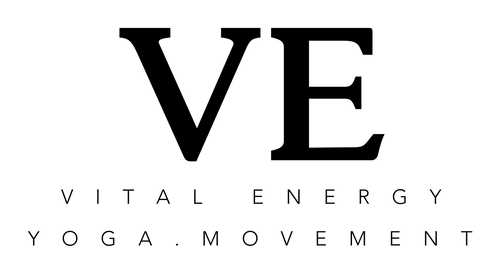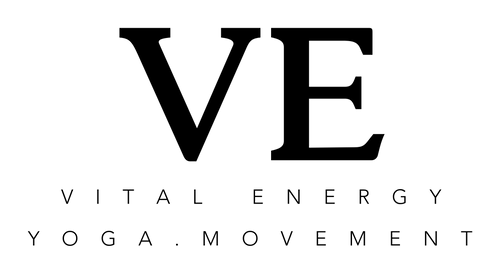The paradox of training slow for speed and agility

The Matrix Moment
There’s a scene in The Matrix where time slows. Neo isn’t moving faster than the bullets — he’s perceiving faster. He sees things unfold before they happen. That moment, though wrapped in Hollywood fantasy, mirrors something very real in human physiology: neurological readiness.
Elite athletes often describe a state where the game “slows down.” It’s not that they’ve become faster — it’s that their nervous system has become more precise.
This is the very essence of what’s trained in SMFT (Slow Movement Fitness Training): not just physical output, but the inner operating system that governs speed, resilience, and recovery.
Why Slowness Builds Speed
It sounds counterintuitive — until the science is understood. Here are 3 fundamental principles:
1. Slow eccentric (lengthening) contractions generate higher levels of muscle activation and deepen neuromuscular coordination (Behm & Sale, 1993).
2. Controlled movement tempos enhance joint stability and motor unit recruitment (Wilson et al., 1992), building the foundation for true speed, agility, and power. Recent findings also emphasise that it’s not just the tempo, but the intent behind the contraction that drives long- term adaptation (Behm et al., 2024). This concept — known as “contraction intent” — highlights how consciously attempting to produce force, even under slow or submaximal movement, recruits higher-threshold motor units and sharpens neuromuscular efficiency. In SMFT, this intent is built into every drill: deliberate control is the training, not just a modifier of it.
3. Most importantly, slow training increases somatic feedback — the brain receives more accurate sensory input about how the body is moving, leading to quicker, more adaptive responses under pressure (Hughes et al., 2018).
In short: train slow, adapt fast.
SMFT: Training the Operating System
SMFT is not just a physical conditioning system — it is a reprogramming of the body’s internal architecture.
Through breath-synchronised movement, deep core stabilisation, joint re-mapping, and somatic feedback techniques, SMFT develops resilience from the inside out.
This method works with:
• Interoception – the ability to feel internal changes,
• Nervous system regulation – the control dial for stress and recovery,
• Proprioceptive awareness – the map of the body in space.
Each SMFT drill is designed not simply to build capacity, but to cultivate intelligent, efficient, and sustainable movement under all conditions. This is where movement becomes not just stronger — but smarter.
SMFT Is Not Sprint or Sports Coaching — It’s Systems Training
SMFT is not designed to shave seconds off a 400m sprint. It doesn’t teach race-day tactics, adjust stride angles, or refine tennis backhands.
Instead, SMFT trains the systems beneath the output.
It is best understood as operating system re-modelling through movement and somatics — an approach that builds functional readiness across the muscular, neurological, and structural systems of the body.
Through SMFT, clients learn to build capacity where it often remains hidden. Simple movement mechanics and coordination patterns are used to assess neural readiness — exposing the limitations that impair performance long before a muscle fires.
Why it works so well as hybrid training is this. Early stages of SMFT requires low physical output ( though high focus levels ) so training doesn't add another layer of mechanical stress and burn-out. In fact it aids in recovery whilst building long term resilience.
Whole-System Plasticity

While neuroplasticity typically refers to rewiring in the brain, neural plasticity is broader — encompassing both the central and peripheral nervous systems. SMFT targets whole-system plasticity: a coordinated adaptation of brain and body through breath, structure, and load. This co-regulated systems approach doesn’t just influence cognitive function —it upgrades how the entire nervous system responds to speed, stress, pressure, and recovery demands.
- Clients become faster — not by pushing harder, but because their nervous system can now tolerate speed without short-circuiting.
- They recover better — because their neurological load tolerance has increased.
- They move with greater freedom — not from muscle flexibility alone, but because their sensory- motor and interoceptive maps have been re-patterned.
Recovery becomes a natural part of the internal regulatory landscape — not something outsourced to protocols or gadgets, but a built-in system response.
A cold plunge may help manage short-term inflammation — but SMFT builds a higher neural baseline. This deeper shift reduces reactivity and enhances the nervous system’s ability to regulate inflammatory responses from within.
Why? Because it’s not one breathwork class. Not one post-training walk. It’s an organised, systematic method for retraining how the body internally governs resilience, responsiveness, and recovery — through nervous system re-mapping.
And the first layer of tools can be learned in one weekend.
The Paradox Isn’t a Paradox
In both nature and sport, speed without stability is fragile. It compensates. It burns out. It breaks.
But slowness builds control. It teaches the system to absorb, adapt, and rebound.
Today, we’re witnessing a shift in professional sport: athletes maintaining — and even advancing — performance beyond their peak 20s. This kind of longevity is no longer anecdotal. It’s trainable. But it requires a shift in training models — where nervous system co-regulation is integrated with muscular output.
This isn’t about doing more. It’s about refining the systems beneath the surface. And the earlier it’s introduced, the greater the impact — particularly for young athletes navigating high physical and psychological demands. Nervous systems in this demographic are increasingly overloaded. What they need is structured input that builds resilience, not just output.
Like Neo in The Matrix, true breakthroughs happen when time slows, breath steadies, and internal systems synchronise.
That’s the SMFT difference — by training the architecture that underpins performance.
For coaches, movement educators, and trainers ready to integrate nervous system-led performance into their existing model — the opportunity starts this September 19–21, with our 2.5-day in-person certification course in Auckland.
This is the first cohort training. Modules 1 & 2 are offered at a vastly reduced rate of $199 — a one-time opportunity to become part of the global launch of SMFT.
email me directly at ewa@vitalenergyyoga.com




























